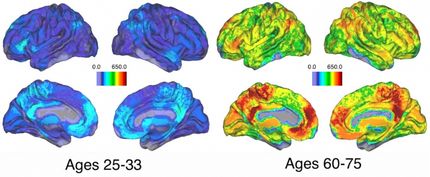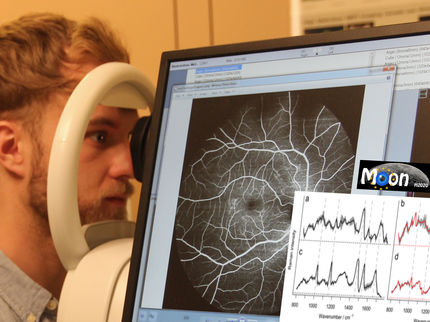Alzheimer’s study establishes way to measure resilience
Vanderbilt researchers have established a new measure of resilience to cognitive impairment in people with asymptomatic Alzheimer’s disease.
They essentially flipped the standard approach used by researchers when mining the Alzheimer’s Disease Neuroimaging Initiative (ADNI) database, said Timothy Hohman, Ph.D., the lead author of the study. Instead of assessing factors linked to cognitive decline, they sought to identify participants who maintained cognitive performance.
“Data from autopsy studies suggest that about 30 percent of cognitively normal older adults have (amyloid) plaques and (tau) tangles in their brains even though they show no signs of cognitive impairment,” said Hohman, assistant professor of Neurology with the Vanderbilt Memory & Alzheimer’s Center. “There is really little known about what could drive this phenomenon commonly called ‘asymptomatic Alzheimer’s disease.’”
The ADNI database was compiled from a multicenter longitudinal study that began in 2004 with the goal of finding more sensitive and accurate methods to detect Alzheimer’s at earlier stages and then tracking the progression of the disease with biomarkers. More than 1,500 people ranging in age from 55 to 90 have participated.
Hohman excluded participants with a clinical diagnosis of Alzheimer’s, resulting in 729 participants with either a baseline diagnosis of normal cognition or mild cognitive impairment. Prior studies have determined that higher educational attainment and a higher IQ provide what has been termed “cognitive reserve” that helps people endure neuropathology, Hohman said.
“That’s been pretty well established now,” Hohman said. “Our hypothesis is there are genetic factors that are involved in asymptomatic Alzheimer’s disease as well. To be able to identify those, we need to build a better definition of resilience. That’s what we are trying to do here, trying to build on the cognitive reserve literature and bring in the established biomarker data that we know is so important for predicting future progression.”
The research determined that participants who had better cognitive performance and larger hippocampal volumes than expected (given their level of amyloid and tau biomarkers) were more likely to show slower cognitive decline and slower brain atrophy in the future. In that way, biomarker data, brain imaging data and cognitive data can be combined to identify individuals who are most resistant to future cognitive impairment.
The research sets the stage for additional studies to identify molecular drivers of resilience as potential therapeutic targets, and for biomarker and cognitive data sources to be more easily applied as screening tools to identify those at greatest and lowest risk of future cognitive decline, Hohman said.
Original publication
Other news from the department science

Get the analytics and lab tech industry in your inbox
By submitting this form you agree that LUMITOS AG will send you the newsletter(s) selected above by email. Your data will not be passed on to third parties. Your data will be stored and processed in accordance with our data protection regulations. LUMITOS may contact you by email for the purpose of advertising or market and opinion surveys. You can revoke your consent at any time without giving reasons to LUMITOS AG, Ernst-Augustin-Str. 2, 12489 Berlin, Germany or by e-mail at revoke@lumitos.com with effect for the future. In addition, each email contains a link to unsubscribe from the corresponding newsletter.






















































